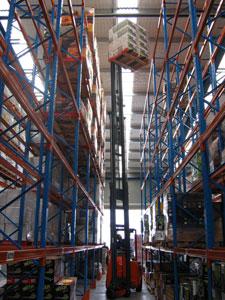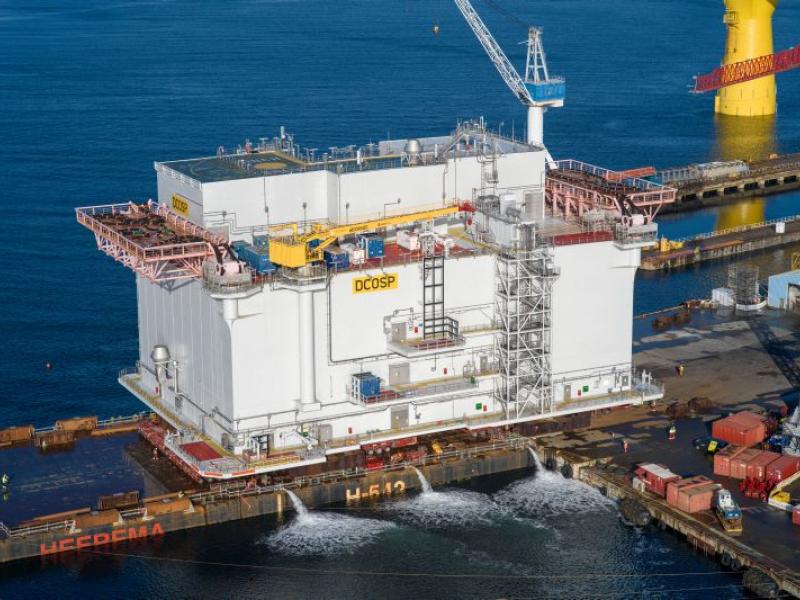|
AS THE economic hard times bite even harder “The catch word used to be ‘future-proof’ – now it’s ‘recession-proof’, but the goal remains the same: to cut costs,” says Nigel Lee of Power Forklifts Limited. “Narrow aisle Bendi and Combilift forklifts are an excellent way in which to do so,” he suggests. Bendis work both inside and outside so you don’t need to buy, service and maintain two forklifts or pay for two drivers. “Bendis work in much smaller aisle widths than traditional reach forklifts – as little as 1.6 metres – giving much more storage density to existing buildings, allowing for companies to store more for less as well as eliminating any off-site storage costs,” says Lee. A Bendi works like a pallet jack in reverse. The articulation or ‘bend’ comes from the mast rotating 90 degrees (in later models 110 degrees) left or right so that the forklift remains straight ahead in the aisle and the mast and forks rotate to face the pallet. The driver then drives the pallet into the pallet bay or, by reversing, removes the pallet from the pallet bay. For long loads up to 1.5 tons Bendi has developed the Longloader. Just like a traditional Bendi the Longloader’s mast articulates off to either side. However, while the normal Bendi’s wheels follow the direction of the mast, the Longloader’s wheels can remain in the forward position even though the mast and forks are off to either side. Thanks to a stepped cut-out on both sides of the chassis, the load can be carried along the side of the forklift, fully supported on the forks and step of the chassis, whilst moving in a forward or backward direction. “Once you come to the pallet or stacking bay the load is already in the placement position so again the driver just drives the load into the bay or, by reversing, removes the load from the pallet bay,” explains Lee. Versatile Combilifts Combilifts can also work both inside and outside and are ideal for the timber milling and manufacturing industry. They work with heavy loads from 2.5 tons up to 14 tons and are multi-directional – with the ability to work in sideways mode with long heavy loads aboard to then stack or load in much smaller aisle widths or confined spaces compared to four to 14 ton counterbalance forklifts, for example. As well as operate inside, the Combilift can safely stack wood, steel or piping in 2.5 metre aisle widths outside – even if product is 20 to 30 metres long. This is due to its extra wide leg base to rest the load upon. This saves stacking space in existing timber yards and buildings for other product lines to be stored – again providing the ability to store more for less. Released late last year the Combift Counterbalance (C.B) forklift is a new four-way multi directional forklift that works inside and outside in very awkward spaces and through small doorways. The CB Combilift has a 2.5 ton lift capacity and various mast heights – as well as container compatible mast sizes to suit. |
Email: power@powerforklifts.co.nz
|






